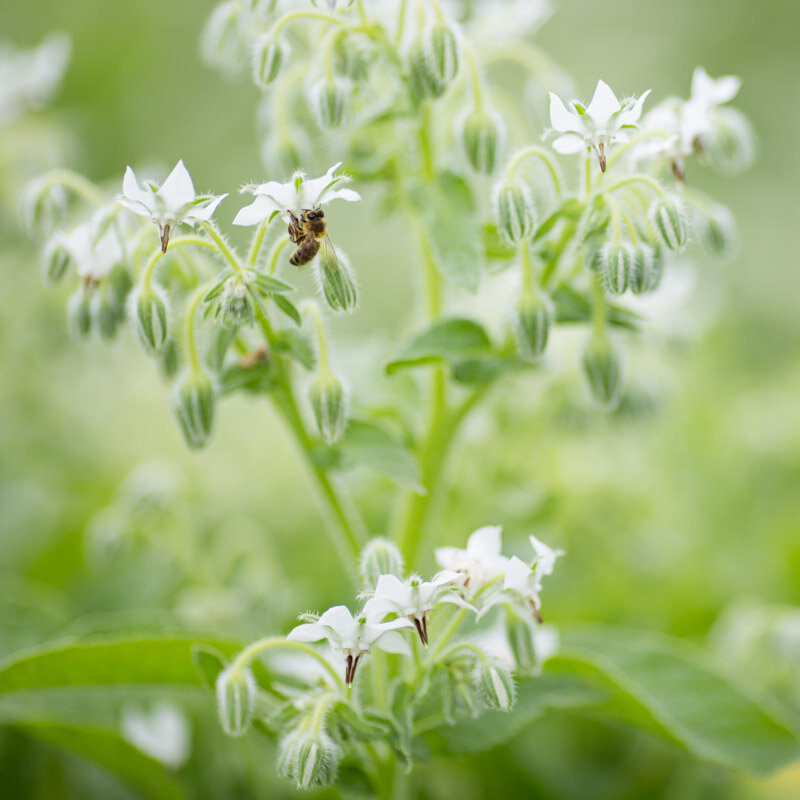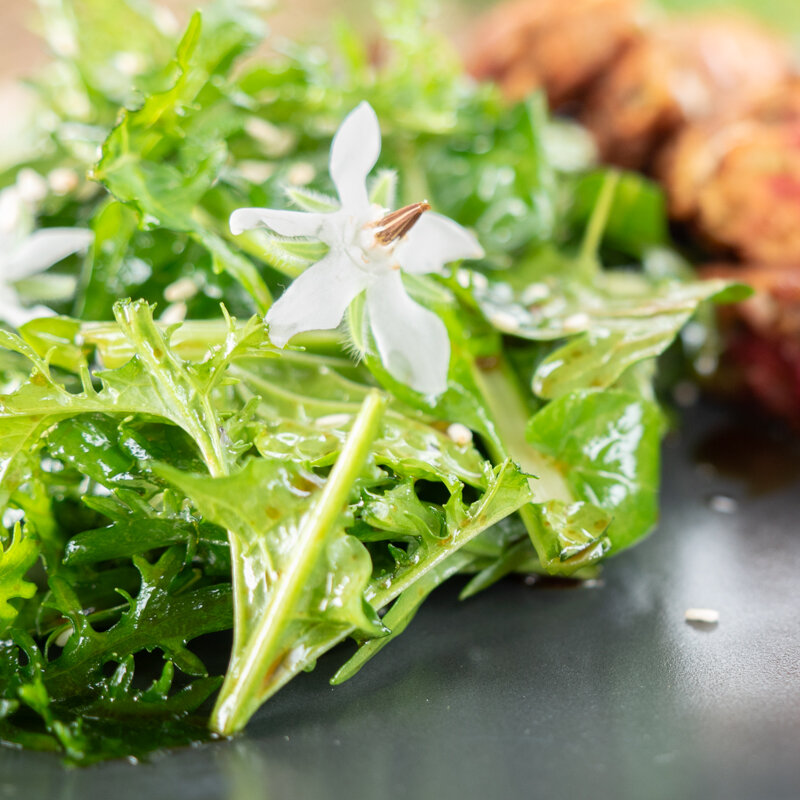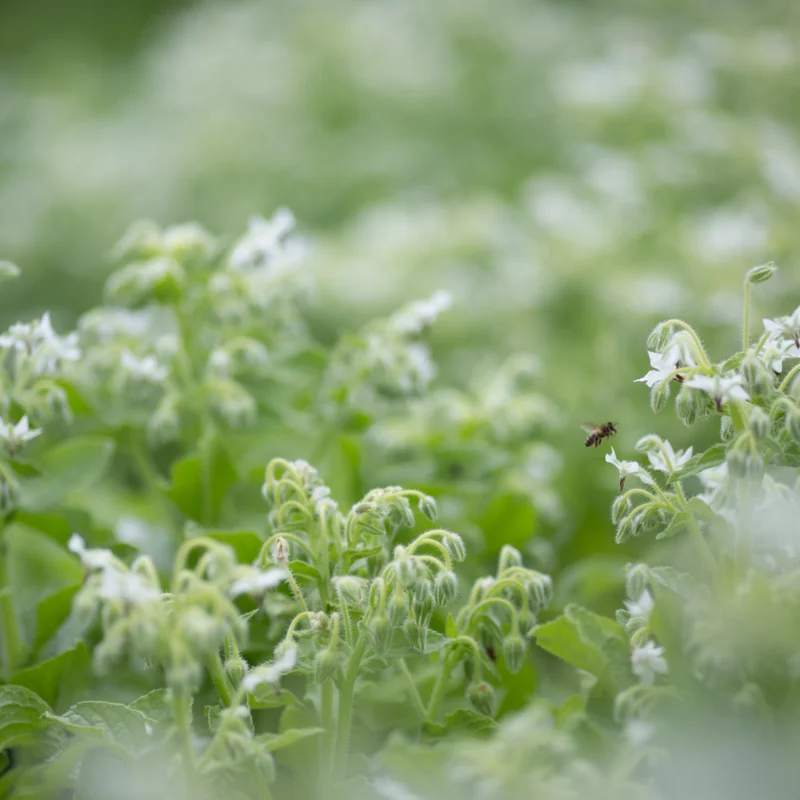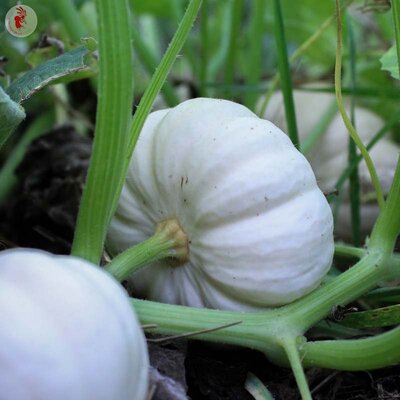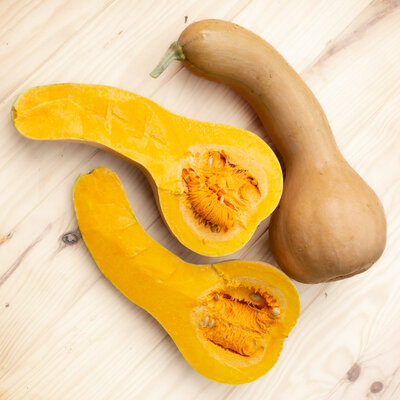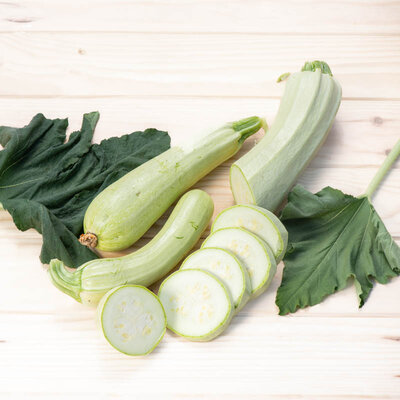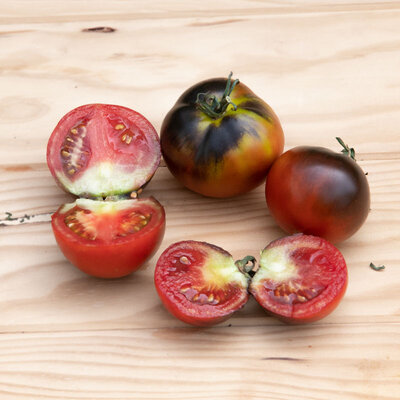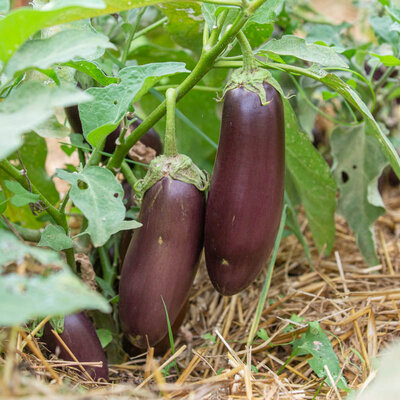White - Starflower
This variety, with its hairy stems and foliage, produces an abundance of white flowers. Fresh leaves can be eaten raw or cooked as a condiment. Dried leaves and flowers are used in infusions.
The appearance of stains on the sachets is due to the oil contained in the seeds.
What are the characteristics of white borage?
White borage, Borago officinalis, is a variety of medicinal and honey-bearing plant native to Eurasia. More compact than blue-flowered borage, it has fleshy, hairy leaves, which can be eaten raw or cooked as an accompaniment to a dish or dessert. The white flowers, known for their iodized taste reminiscent of oysters and cucumbers, are used in salads, fritters, soups and drinks.
When to sow white borage?
White borage can be sown from February to May in pots or boxes under a light shelter, and from March to June in the garden. This plant adapts to all types of soil. It can also be grown in pots.
In pots or nurseries: cover seeds with 0.5 cm of potting soil, press down and water. Keep seedlings moist until emergence. Transplant at 4-5 leaf stage, spaced 30 cm apart in all directions. Take care not to damage the taproot when transplanting. Choose a sunny spot.
Directly in the field: soak seeds in warm water overnight to facilitate germination. Sow in the garden, in rows 30 cm apart in all directions. Mulch the base to keep the soil cool and moist.
White borage resprouts naturally, ensuring perpetual harvests.
How to use white borage
White borage is harvested from April to November. It's an excellent green manure for the garden.
This edible plant is traditionally used for its medicinal properties. Its seeds are used to make an oil rich in essential fatty acids. It can be used to combat skin problems such as dryness, redness, acne, eczema and psoriasis, as well as premenstrual pain and rheumatism. Internally - as an infusion or decoction of its leaves - borage has a diuretic action. Often referred to as the "Elixir of Youth", it contains large quantities of gamma linolenic acid, a rare substance in the plant world.
Borage leaves can be eaten raw in salads, or cooked like spinach. The flowers, also edible, embellish dishes with a light iodized flavor.
These products may also be of interest to you
in the ground
Sow in pots. Cover with a thin layer of potting soil, press down and keep moist until emergence. Transplant at 4-5 leaf stage, 30 cm apart in all directions. Sow directly in place, in rows 30 cm apart, then thin out to 30 cm along the row.
Borage naturally resprouts, ensuring perpetual harvests.
March, April
April, May, June
May, June, July, August, September, October, November
in the ground, in pot
sunny, semi-shade
medium
all floor types
drained, rich
Borago officinalis
mid-season
50 seeds
White
edible
From 20 to 60 cm
From 1 to 2 cm
pointed
Eurasia
Traditionally used for its medicinal properties, Borage's emollient flowers soothe bronchial ailments, while its stems and leaves, rich in potassium nitrate, have diuretic and depurative virtues. Externally, applying boiled leaves to the affected areas soothes skin problems such as dryness, redness, acne, eczema or psoriasis, and relieves premenstrual pain and rheumatism. The oil extracted from its seeds, often referred to as the "Elixir of Youth", contains a high level of gamma linolenic acid - a polyunsaturated fatty acid of the omega-6 family - which is beneficial against skin aging. Long cultivated as a food plant, Borage offers flowers with a slightly iodized flavor, while its fresh, finely chopped leaves add a hint of cucumber. In addition to these uses, this plant makes an excellent green fertilizer, rich in nitrate and potassium. Its highly developed root system, formed by a powerful pivot, decompacts the soil. Left in place at the end of its cycle, or cut and used as organic mulch, Borage provides minerals to other crops as it decomposes.



